Guess what? The touchy topic of touchscreens in cars is back in the headlines. This week The Times reported on tests performed by car magazine Auto Express. The findings were much like previous findings from similar tests: touchscreens are dangerous.
These feature-packed capacitive displays have been with us for longer than many drivers have been on the road: you can trace the earliest touchscreen to the 1986 Buick Riviera.
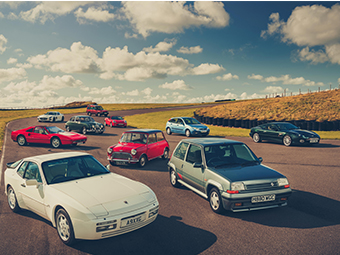
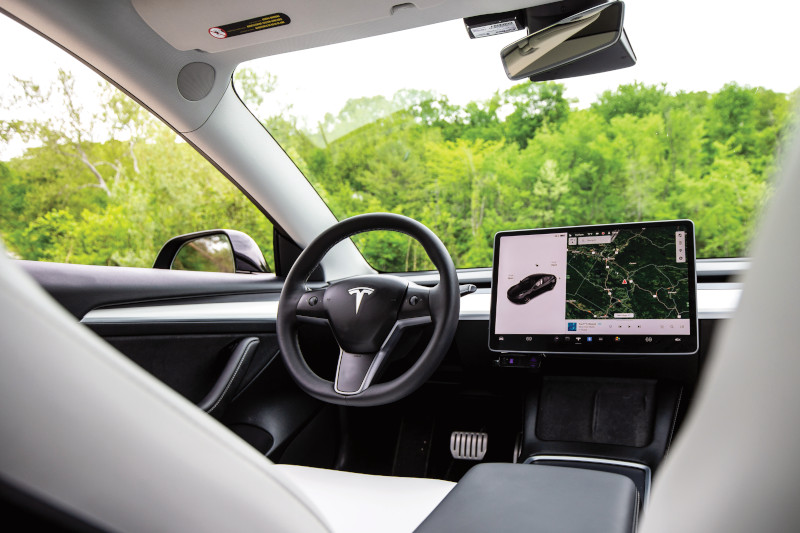
Called ‘Graphic Control Center’, Buick’s solution was a 9-inch cathode-ray tube system that displayed green on black commands for an impressive 91 functions. But the funny thing is, drivers hated it. They hated the annoying beeps it made to confirm you’d successfully pressed your index finger into the screen hard enough. And they hated the fact that it meant they had to take their eyes off the road to turn up the air conditioning or tune to their favourite country and western radio station.
It took a while for the idea to make a return, but when it did, BMW’s iDrive system, which combined a touchscreen with a rotary control knob, seemed like a reasonable compromise – and one that would be honed over time. Sensibly, many companies proceeded with caution when it came to touchscreens. Remember Jaguars and Land Rovers that would only show certain functions on their screen to the passenger? Or Toyota and Lexus models that wouldn’t allow functions to be adjusted unless the car was at a standstill with the handbrake applied? So far, so sensible.
Then came Tesla, with the 2012 Model S, and car makers the world over lost their minds. Suddenly it was decreed acceptable to have a TV-sized touchscreen in the car that displayed every bit of essential driving information and controlled every in-car function, including the whoopee cushion.
Rivals took notice. Market researchers, interior designers, software engineers, user experience designers and bean counters were told to put their heads together and examine the pros and cons of touchscreens, and for the manufacturers, there was a lot going for it – on-trend, easy to integrate, seemingly limitless functions, over-the-air updates. But what appealed most was the saving in cost versus developing, testing, homologating and manufacturing traditional switchgear.
And now? Touchscreens are everywhere. Research suggests 97 per cent of new cars released after 2023 had a touchscreen on the central dash area. Most will mimic a smartphone – Apple CarPlay and Android Auto – despite the fact we’re not legally allowed to handle and operate a smartphone when driving. And they’re positively crammed with features…
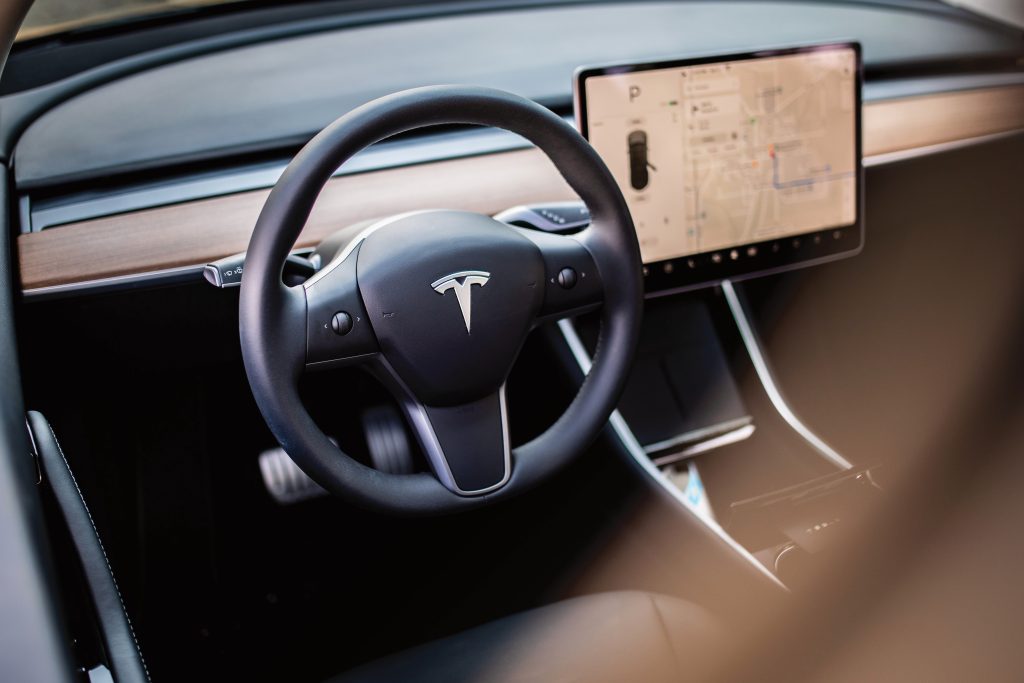
Auto Express tasked three drivers – an expert, an experienced motorist and an infrequent driver – and set them five seemingly straightforward tasks: turning off “lane keep assist”, starting navigation and selecting home as the destination, raising the cabin temperature by 2C, turning on the heated seats and programming the radio to BBC Radio 4. At this point, you know what’s coming, right? Over the 20mph-limited, simulated urban environment, carrying out each of the five tasks in a Hyundai Genesis took 13.6 seconds on average, with the lane assist test taking 22.6 seconds alone. Programming the sat-nav and the radio took 19.3 and 19.7 seconds respectively.
That is an alarmingly long time for a driver’s eyes to be off the road in a busy town environment. And then think how far you’d travel in that time on the motorway. When Sweden’s Vi Bilägare magazine performed a similar test and compared a 2005-era Volvo V70 – complete with many buttons and no touchscreen – a selection of tasks took a total of 10 second to perform, covering a distance of 306 metres. The worst touchscreen-enabled car took 47 seconds and travelled 1372 metres!
So we know beyond doubt that touchscreens are a menace. We also know that when a touchscreen fails in a car without physical buttons, you lose control of everything you took for granted. No more turning up the temperature on a chilly morning; no scrolling through your latest 101 Ways To Success podcast episodes; no streaming that playlist full of aging rockers; no navigation to get to that meeting you’re running late for. And don’t even dare think about the cost. If your warranty has run out on something like a Volkswagen Golf Mk8, it’s around £2500 to have a replacement infotainment unit fitted.
Clearly the answer is to start a new campaign: Bring Back Buttons! But actually, someone’s beaten me to it.
Euro NCAP, which has been helping raise the safety standards of cars since 1997 – we can all agree we’d rather have a crash in a modern car rather than an old one, right? – is changing its assessment criteria for 2026, and as part of that it will be awarding more points for… drum roll… buttons!
Euro NCAP says that from 2026, to gain top marks five important tasks in every car will have to be performed by actual buttons instead of by accessing a screen. Indicators, hazard warning lights, windscreen wipers, horn, and SOS features will have to be controlled by proper switches in order for cars to be granted Euro NCAP’s coveted five star safety rating.
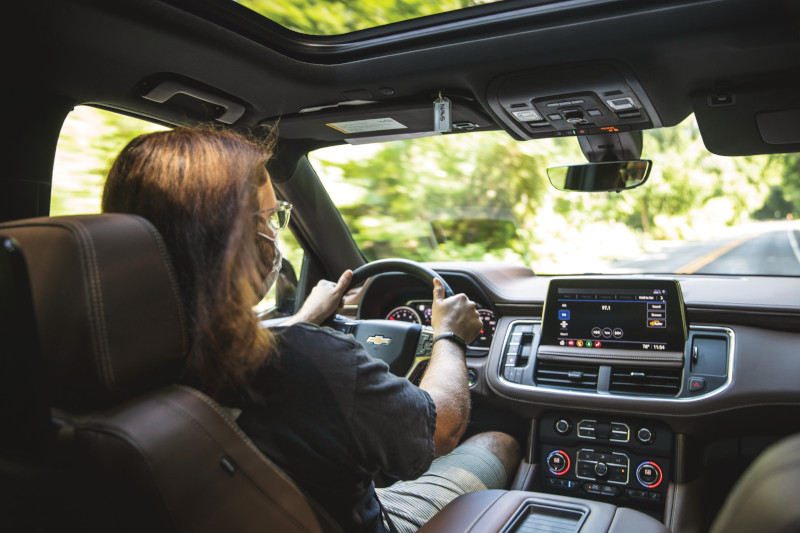
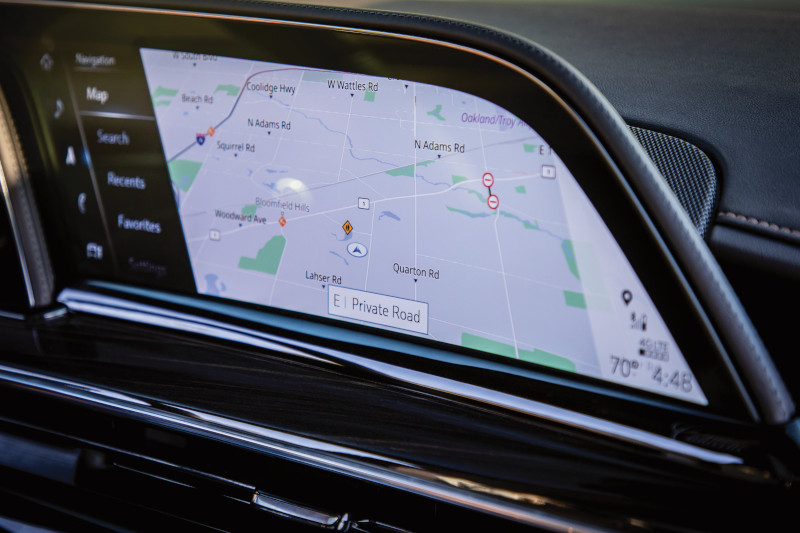
It’s a promising start. But it doesn’t go far enough. Smartphones in cars and touchscreens are hugely distracting. (Those of us who own both classic and modern cars are all too aware of the hazard.) Making a hands-free phone call has been shown to be more dangerous than drink-driving. Yet the technology to disable phones while driving – and the touchscreens that mirror them – already exists. Apple patented a method of detecting when a phone was in use while driving and disabling it, more than a decade ago.
Until we stop treating our cars like our offices, living rooms and bedrooms, and end the countless distractions from the task of driving, there’s little chance of ending all road deaths and serious fatalities. But those Buick Riviera drivers could have told us that, nearly four decades ago.
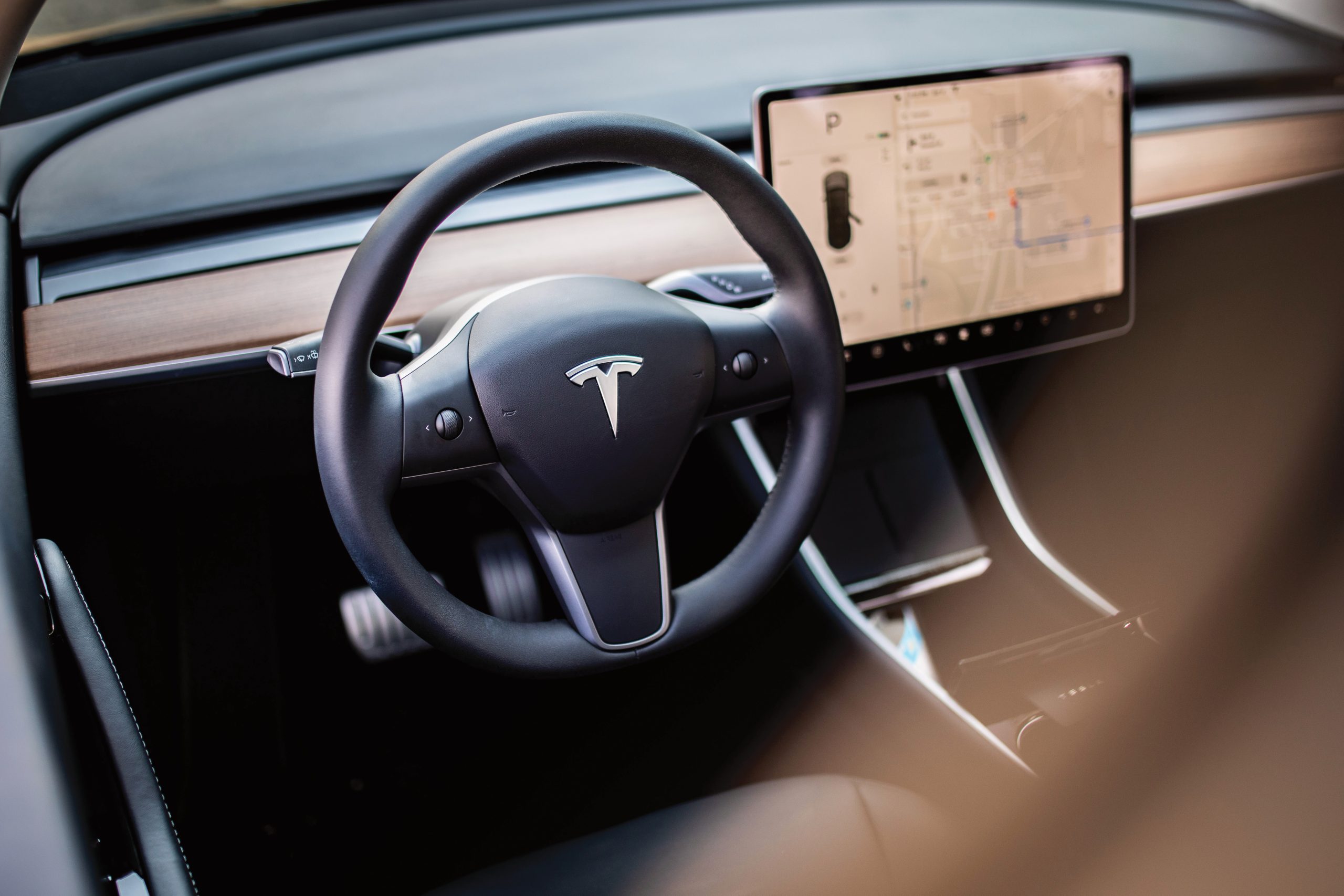


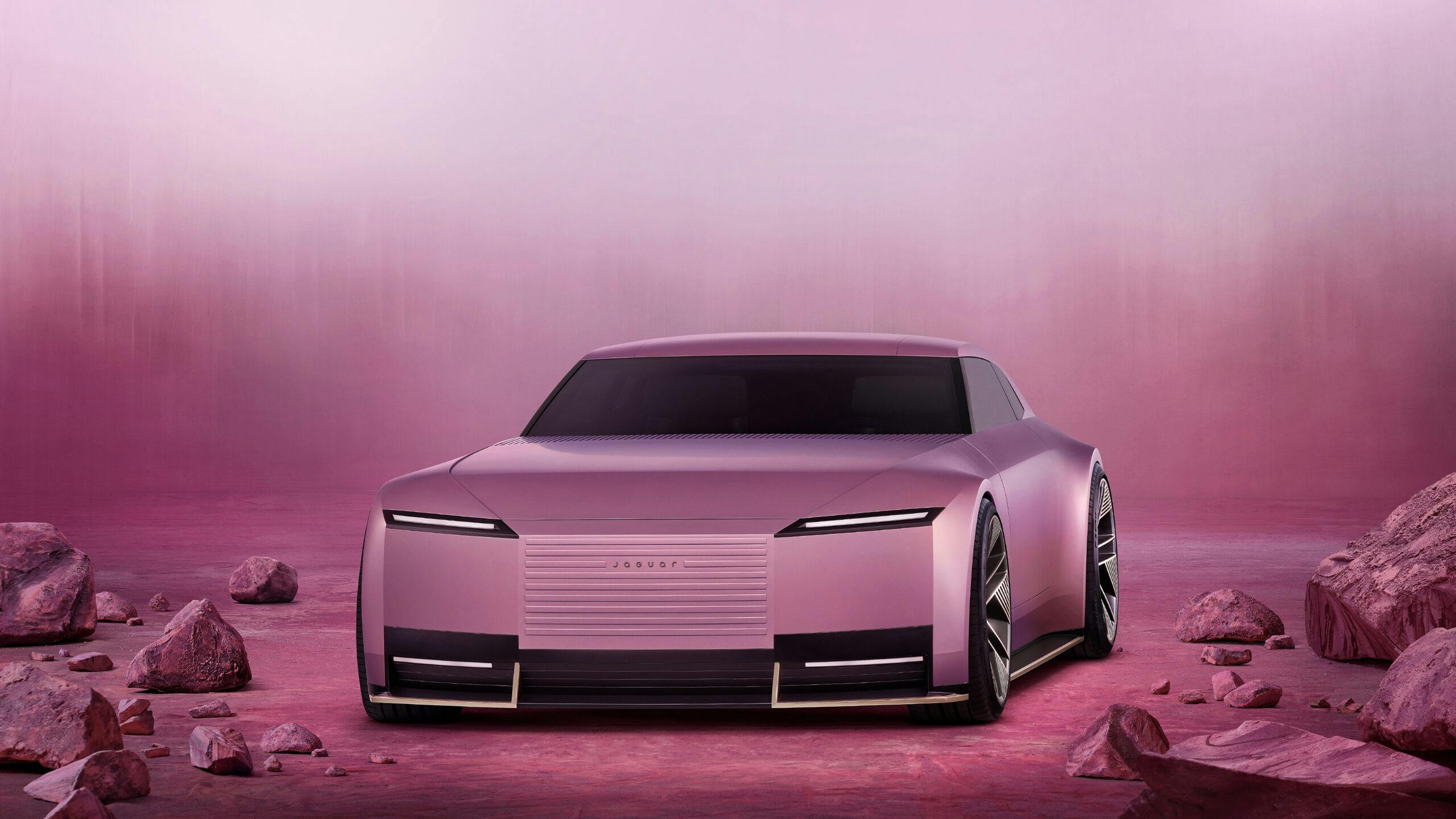

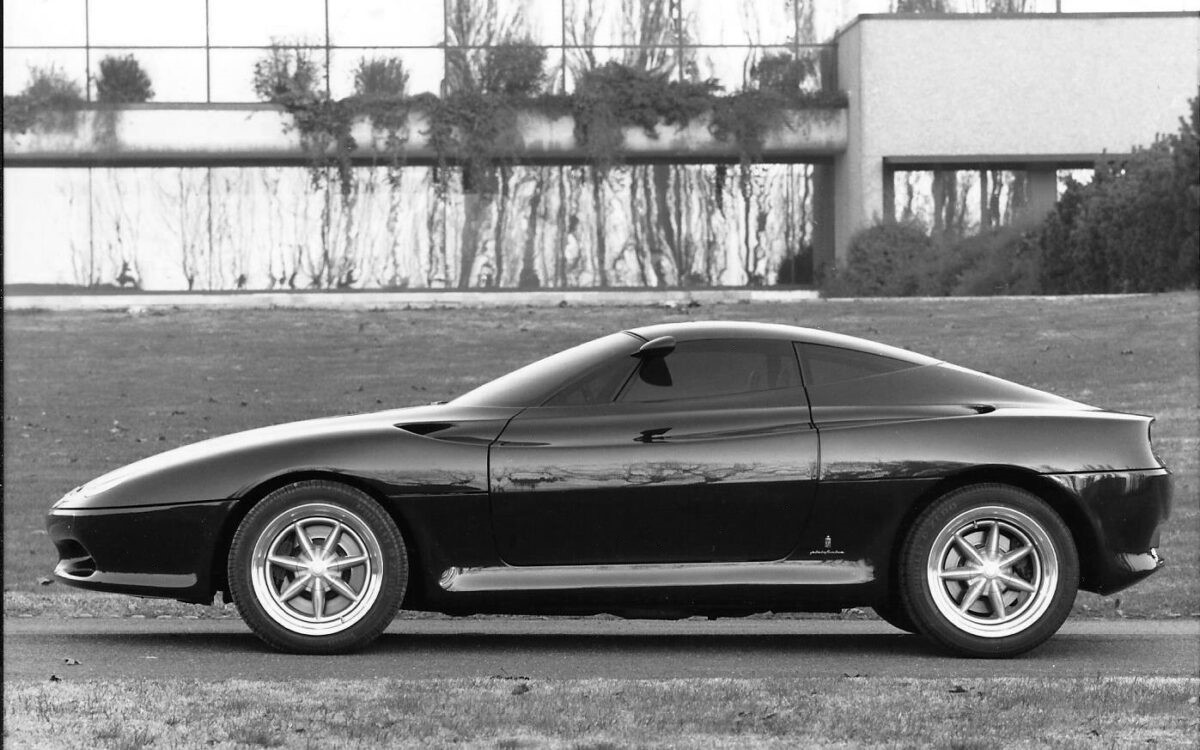


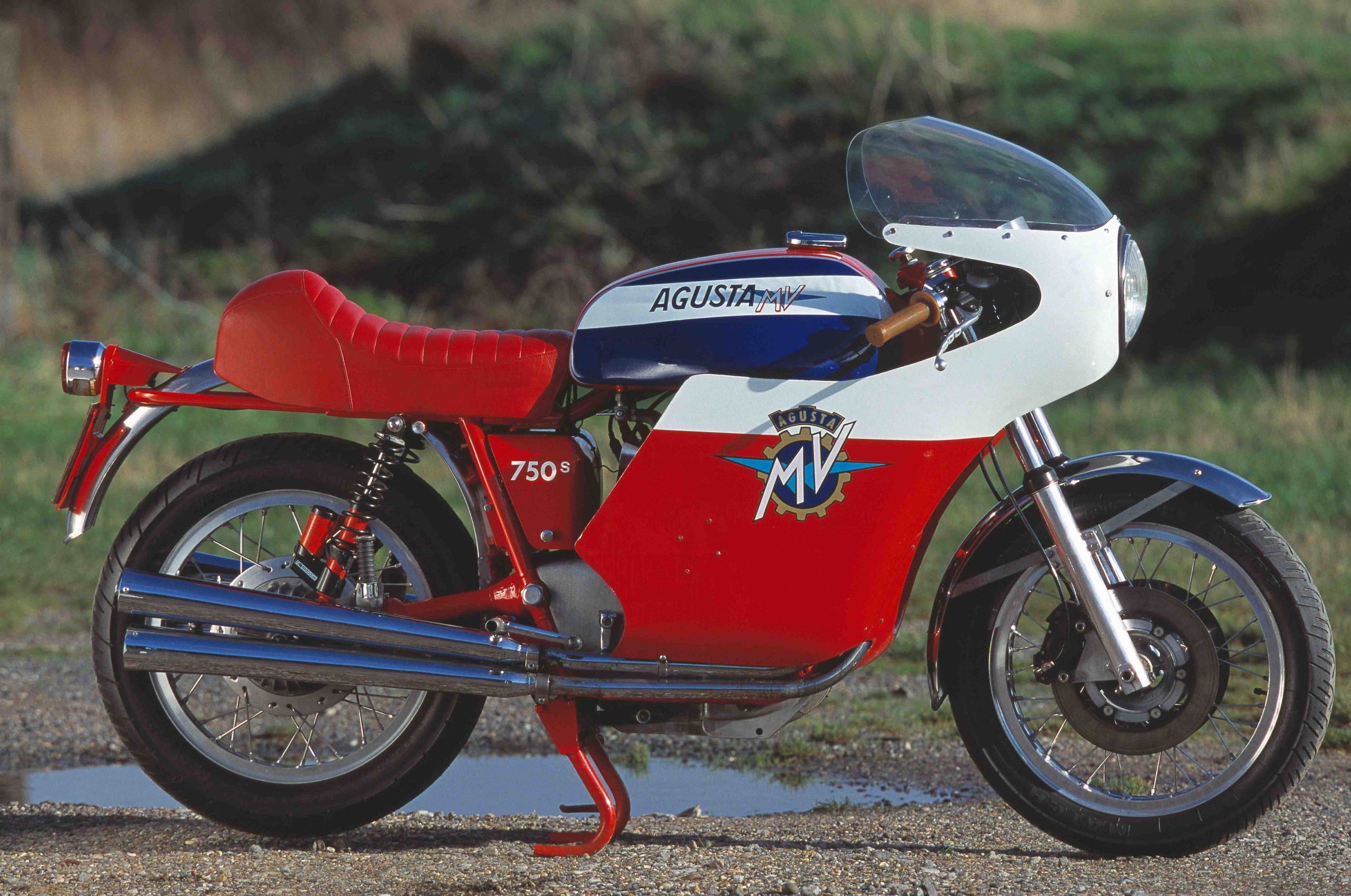

You are not allowed to use the touchscreen on your phone while driving, so why on earth are you allowed to use an even more distracting touchscreen just because it’s fixed to the vehicle?
My car just failed it’s MOT because the screen was in my line of vision! It was a small Snooper screen designed to be put on your windscreen, so can someone explain why an 8×10 cm portable devise (a lot smaller) than some of the touchscreens is a fail, and what’s more annoying is I don’t have touch it ?
car driving has got out of hand with distractions NO screens in a driver position audio stat nav only
Totally agree. We have touchscreens in both of our new cars, and i do agree they are dangerous. I’d rather have buttons and knobs
Touch screens are a dangerous unnecessary Fad. Another Stupid advertising gimmick. A car is a car, not a Disco
I thought they were dangerous as well, until I bought my first car with one. All the set up was done before driving, Apps, preferences etc. After that, everything was voice controlled.. Waze gives speeding warnings on route, so no worries there. I am surprised and impressed by the ease of interaction and the hands free operation.
Stupid Screens, on wrong side unless you are left handed and very dangerous to try and use. They also don’t work well with dry fingers. Voice controls would be much better.
Euro NCAP needs to add more controls to that list eg HVAC. The most effective computer in a vehicle is the free one……between your ears. About time manufacturers reduced features which most drivers either switch off or do not use.
I totally agree with all your comments.
Of all the manufacturers going down this route, I’m surprised at VOLVO the most safety conscious of them all.
The increase in touch screens has no doubt resulted in a decline in safe driving standards, with people far too distracted to focus on what they are really doing, the driving. Likewise, I still see on every journey I take, someone using a mobile phone, be that a call or even reading texts. In addition to touch screens (although you dud mention lane assist above), I have an issue with ADAS which not only can vary considerably between manufacturers and models, it takes away some of the responsibility of driving from the driver. A driver can then easily become complacent and begging to rely on the ADAS? Then what happens when I driver switches cars to one with a slightly different system or no ADAS at all? They are also very complex systems which require detailed calibration and set up after any damage etc. which is an issue for many accident repair specialists who may not have the right test equipment to do the job properly.
I can access most of the functions via voice control I never use the screen
The answer is so obvious it’s a pity the question even needs to be asked. If it’s dangerous to pick up a sandwich to take a bite, or reach for a map, or light a cigarette whilst driving then it is clearly dangerous when focussing on a touch screen – particularly when that itself obviously takes your concentration and your eyes away from the job in hand. Furthermore, how would insurance been settled following a collision “whilst using the touchscreen”? It’s a totally stupid idea. End of.
Touching screen of phone in cradle is OK so long as driving not unduly compromised.
Touchscreens were a good trick Tesla played on automotive and the gullible public. Good to see NCAP waking up and doing what it is supposed to do.
Touchscreens, yet another completely unnecessary, dangerous gimmick that’s ballooned out of control. What’s wrong with proper knobs and switches? The driver never has to take their eyes off the road and for most of the essential functions, even their hands off the wheel. It’s called muscle memory, a skill even the most novice of drivers develop quite quickly, however, virtually impossible to employ on any touchscreen device. As for satnavs etc suckerd on the screen, in the driver’s eyeline…….WHAT?
BAN THE LOT!!!
My 2016 Mazda CX5 has a touch screen, but you can’t use it when the car is on the move. The rotary button has to be used instead. Sensible!